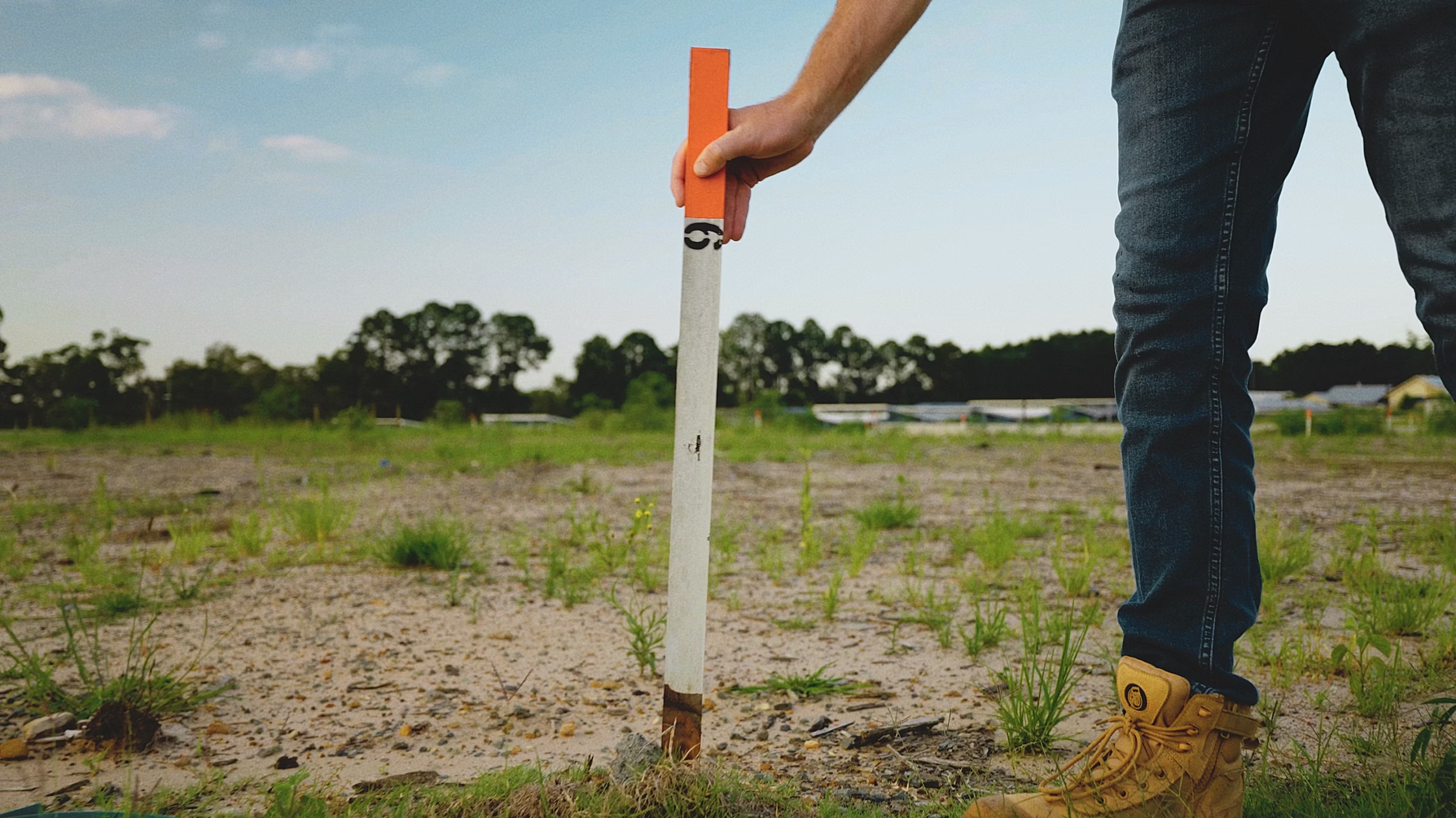
Australian Construction Trends
At Homecorp, we believe it is key to not only deliver but to go beyond expectation. Our purpose is to develop the best property product, processes and outcomes. As part of our process, Homecorp consider the Australian construction industry outlook and how it impacts what we are developing and where.
Australian Construction Industry
The Australia construction market is expected to grow from USD 163.34 billion in 2023 to USD 213.31 billion by 2028, at a CAGR of 5.48% during the forecast period (2023-2028).
Investment in the industry has always been a key driver of the market. Technological innovation is now also driving growth and increasing productivity.

- The Australian construction industry generates nearly 360 billion in revenue (9% of the country’s Gross Domestic Product (GDP)) and has a projected annual growth rate of 2.4%.
- It employs approximately one in 10 workers which is 9.6%% of the total workforce.
- Australian Government Statistics indicate the construction industry workforce is 1,322,100.
- The Australian government has a strong vision for developing smarter communities powered by cutting-edge technology solutions. New technologies in the construction industry are disrupting traditional models for planning, staffing, monitoring, and delivering projects as the physical world becomes increasingly digitized.
Homecorp are already advancing digitization within the business and our strategic ownership by Prime Life Technologies, a Toyota and Panasonic company, puts us in the driver’s seat to tap into advancing technology in the construction sector.
Australian Construction Trends
Increase in Infrastructure Construction
The value of construction in the non-residential segment is continuing to grow. Investments in the non-residential sector focus on schools, hospitals, offices, warehouses, and hotels.
With government-led projects in the energy sector and transportation ramping up, the construction industry is optimistic about seeing a growth rate during the forecast period.
Improvement Strategies
Cost Management
Embracing innovative construction methods, such as prefabrication and BIM, can optimise processes and reduce costs. The adoption of sustainable materials and strategic procurement practices can also contribute to cost management.
Skills Training
Collaborative efforts between the government, educational institutions and industry bodies are key. Options include increasing apprenticeships, providing targeted training programs for mature-age workers and establishing pathways for international talent.
Regulatory Clarity
Regulatory reforms should aim to simplify and clarify regulations. Consistent enforcement will also help reduce uncertainty for businesses. Engaging with industry stakeholders and learning from successful regulatory frameworks in other countries can guide these reforms.
Despite facing challenges, the opportunities for growth abound. By investing in skills training, embracing innovation, and fostering strong relationships with stakeholders, the Australian construction industry can thrive and will play a vital role in driving economic growth and development.
Interested in finding out more about how we work or collaborating with us? Drop us a line today.






